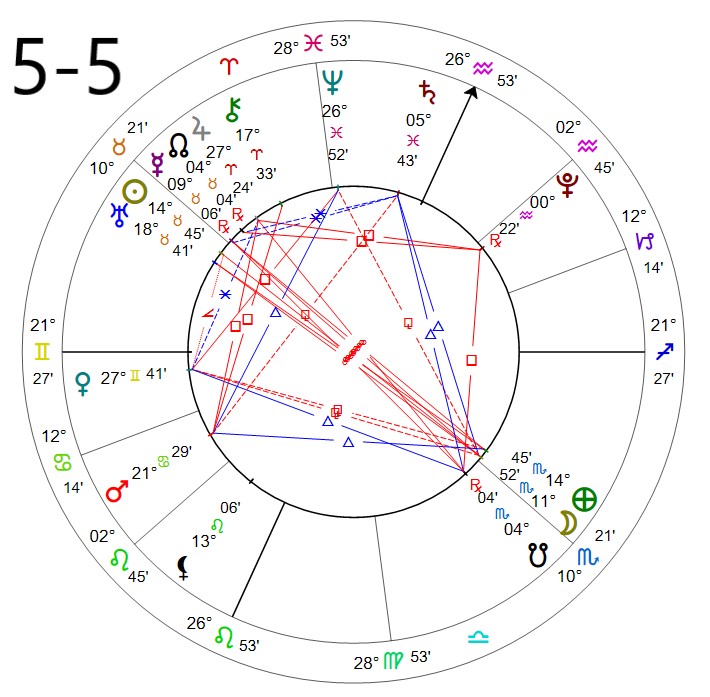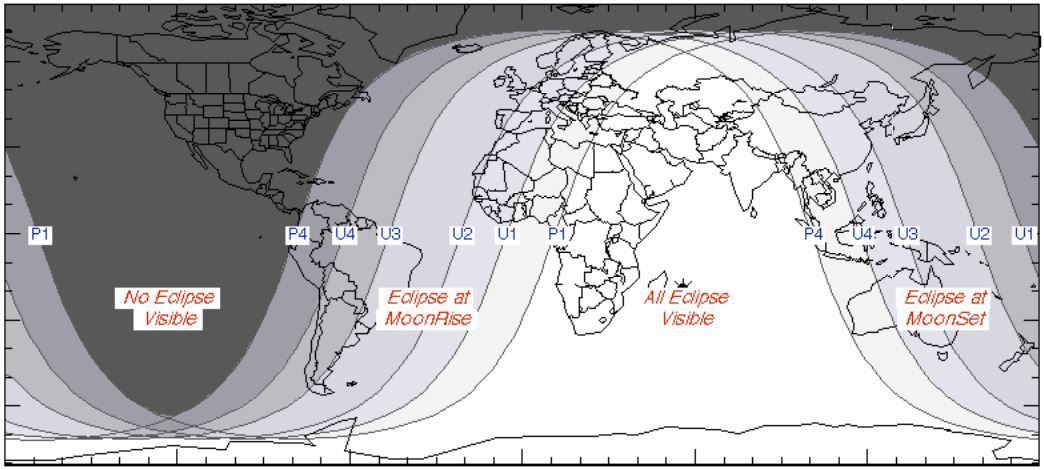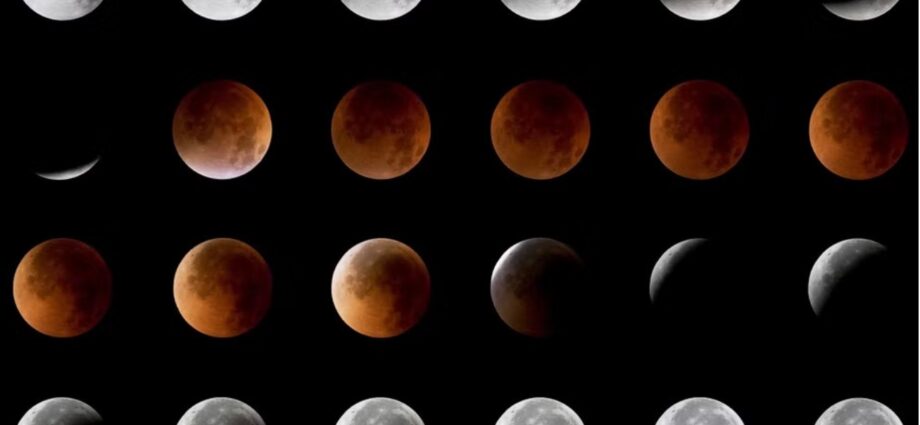Friday May 5, 2023

– Full Moon Phase – illumination, realization, fulfillment, shadow, relationships, experience
– Moon in SCORPIO – Void of Course 5:17 AM – 10:32 AM moving to Scorpio
– Retrograde Plantets – Mercury, Pluto
– Best Days (from the Farmer’s Almanac) – May 6th – Prune Trees, Jar Jams/Jellies, Can Fruits and Vegetables, Slaughter, Mow to Slow Growth, Go Hunting
– Planting Calendar (from the Farmer’s Almanac) – May 4th – 5th – Plant seedbeds. First day is excellent for planting aboveground crops, and planting leafy vegetables. Second day is a good day for transplanting. Second day is also when to plant carrots, beets, onions, turnips, and other root crops. Also good for leafy vegetables.
– Aspect of the Aeon Sophia: (Wisdom): – Chinnamasta – Goddess Who Expands The Mind
– Aspect of the Aeon Thelete: (Will/Desire): Ian – God of the East, God of Wisdom
– Sabian Symbol for the Solar-Lunar Month – New Moon in ARIES SUN/MOON – 30 ARIES: a duck pond and its brood (EARTH – 30 LIBRA: three mounds of knowledge on a philosopher’s head )
– Sabian Symbol for the Solar-Lunar Year: – “a woman has risen out of the ocean, a seal is embracing her”
– SUN – 15 TAURUS: a man with rakish silk hat, muffled against the cold, braves a storm
– EARTH – 15 SCORPIO: children playing around five mounds of sand
Full Moon – @1:34 PM EST May’s Full Flower Moon – Named more for the time of year and the May Flowers than for anything about the moon itself. From the Farmer’s Almanac: Other names for the Flower Moon from Native American sources include the Cree names Budding Moon or Leaf Budding Moon and the Planting Moon from the Lakota, all of which highlight burgeoning flora during May. Other names for the full moon of May focus on fauna, with the Cree names the Egg Laying Moon and the Frog Moon, and the Oglala title the Moon of the Shedding Ponies being particularly striking examples that are taken from the effect the warming weather of spring has on wildlife.

Penumbral Lunar Eclipse – The chart to the right notes the path/viewing area of the eclipse. This will not be visible from the USA, but the energy is still felt across the globe.
Meteor Shower – The annual Eta Aquarids meteor shower peaks on Friday (May 5) and Saturday (May 6), offering us the opportunity to see debris from Halley’s Comet as it enters Earth’s atmosphere at incredible speeds and burns up.
Spotting the Eta Aquarids is tougher in the Northern Hemisphere. The meteor shower’s radiant, the point at which its meteors appear to stream, is located in the Aquarius constellation near one of the constellation’s brightest stars, beta Aquarii, which only reaches a low altitude above the eastern horizon.
In the Northern Hemisphere, the Eta Aquarids’ radiant is at its highest just before sunrise with it appearing over the horizon to the east for just a few hours. This makes the early dawn the best time to spot the most meteors. The reason why more meteors are visible when the radiant rises to its highest point, or “culminates,” is because this is the time at which this region of Earth is turned towards the direction of incoming meteors.
